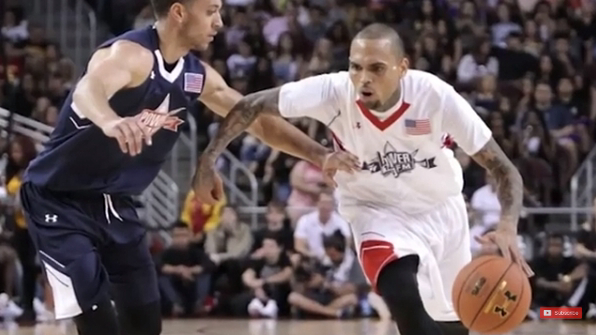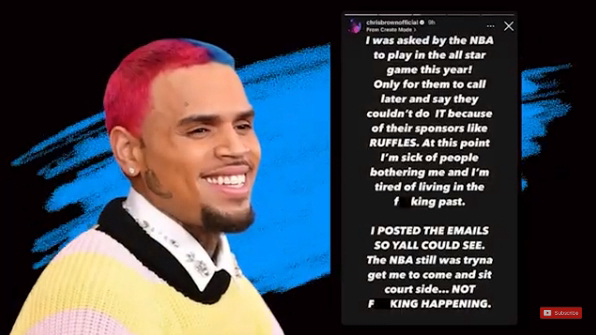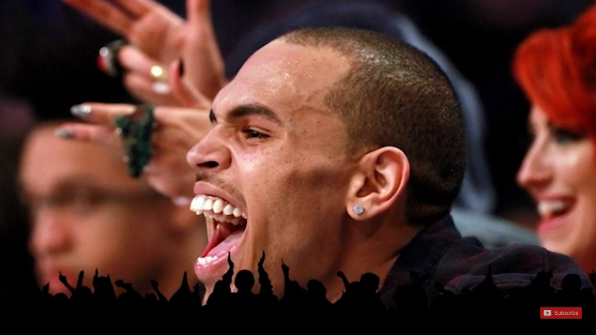Introduction:
The NBA’s All-Star Weekend, an annual celebration of basketball’s finest talents, was overshadowed by controversy this year. Amidst lackluster performances and disinterest from players, the league found itself embroiled in a heated dispute involving music superstar Chris Brown. The saga unfolded during the celebrity All-Star game, revealing deeper issues of accountability and inconsistency within the NBA’s handling of player conduct.
The Celebrity All-Star Game Debacle:
The celebrity All-Star game, a highlight of the weekend festivities, typically features a roster of well-known personalities showcasing their basketball skills. Among the notable absences was Chris Brown, whose inclusion was eagerly anticipated by fans and observers alike. Known for his multifaceted talents and athleticism, Brown seemed like a natural fit for the event.

At the heart of the controversy lies the NBA’s approach to player conduct and the perceived double standard in its enforcement of disciplinary measures. While Brown’s past indiscretions have been well-documented, including a high-profile domestic violence incident involving Rihanna in 2009, the NBA’s response to similar transgressions by its own players has been inconsistent at best.

The NBA’s Response and Calls for Transparency:
In the aftermath of the Chris Brown controversy, the NBA has remained tight-lipped, refraining from issuing public statements or clarifications regarding the situation. This lack of transparency has only fueled speculation and intensified scrutiny from fans and media outlets alike. Questions regarding the NBA’s decision-making process and the influence of sponsors on player participation remain unanswered, further eroding trust in the league’s integrity.
Moving Forward: Addressing Accountability and Consistency
As the NBA grapples with the fallout from the Chris Brown controversy, there is an urgent need for greater transparency and accountability in its handling of player conduct. The league must strive for consistency in its disciplinary measures, ensuring that all players are held to the same standards of behavior, regardless of their celebrity status or financial value to sponsors.
Moreover, the NBA must prioritize the well-being and safety of its athletes and stakeholders, taking proactive steps to address instances of misconduct and provide support and resources for those affected. By fostering a culture of accountability and transparency, the NBA can uphold its reputation as a leading sports organization committed to integrity and fairness.

Conclusion:
The Chris Brown controversy has laid bare the NBA’s struggles with accountability and consistency in addressing player conduct. As the league navigates this challenging terrain, it must heed calls for transparency and fairness, ensuring that all individuals are treated equitably and held accountable for their actions. By upholding its values and principles, the NBA can reaffirm its commitment to promoting a safe, inclusive, and respectful environment for all stakeholders.





